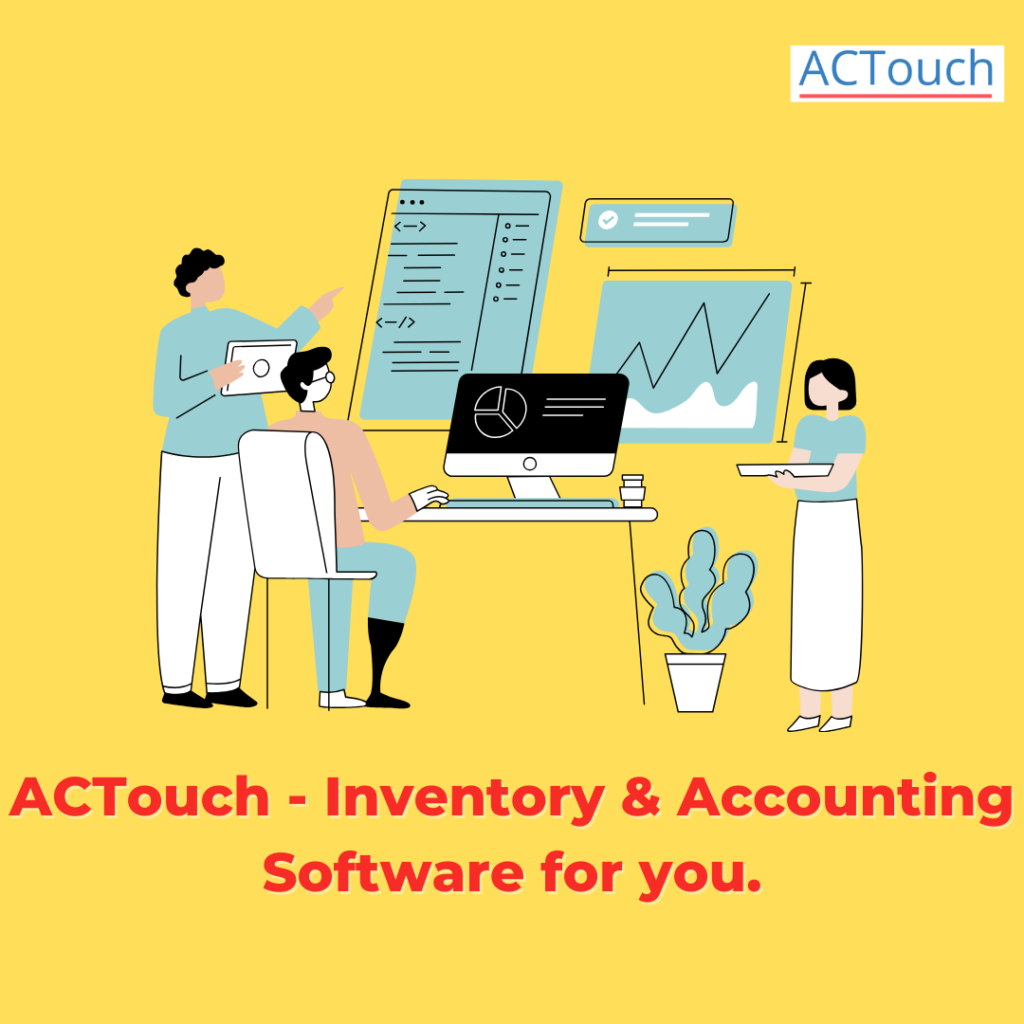Best way to analyse “Is Equipment a Current Asset?”
Is Equipment a Current Asset?
Equipment can indeed be considered a current asset in certain situations, and understanding this concept can greatly benefit your business. In this article, we will delve into the details of equipment as a current asset and explore its significance in helping businesses thrive.
Most of the assets are divided into broadly 2 segments.
- Fixed Assets / non-current assets – Assets that can’t be converted to cash or any immediate economic benefits. It also contains Long-Term Assets like Long-term investments, Plant and Equipment, office equipment, Land etc and Intangible assets like intellectual property, Good Will etc
- Current Assets – It contains liquid asset, Bank and Cash, short-term investments, Marketable securities, raw materials, Semi Finished products, Finished Items etc.
Financial statements like balance sheet displays the values of Assets and how these are procured etc. Either taking Bank Loan or using Retained Earnings money.
What is Equipment?
Before we proceed, let’s clarify what equipment actually means in a business context. Equipment refers to the tangible assets used by a company to carry out its day-to-day operations.This answers our main question “Is Equipment a current asset”. This can include machinery, tools, vehicles, computers, furniture, and any other physical items that aid in the production or delivery of goods and services.

What is an Asset?
To better comprehend the classification of equipment as a Current Assets, let’s first define what an asset is. An asset is any resource owned by a company that has economic value and is expected to provide future benefits. Assets can be categorized into current and non-current (or long-term) assets, depending on their liquidity and expected time of utilization.
Are Equipment Current Asset?
In many cases, equipment can indeed be classified as a Current Asset. A CA is an asset that is expected to be utilized, sold, or consumed within the normal operating cycle of a business, typically within one year. Since equipment, such as machinery and vehicles, is often used in day-to-day operations and expected to yield benefits within a short period, it meets the criteria to be classified as a CA.
Example of Equipment as a Current Asset (CA)
Physical assets play a crucial role in the operations of many businesses, and its classification as a current asset can have significant implications for financial reporting and decision-making.
Let’s understand the concept of “Is equipment a current asset” with some detailed examples.
Example 1: Manufacturing Company
Consider a manufacturing company that produces electronic gadgets. To manufacture these gadgets, the company requires specialized machinery such as assembly lines, robotic arms, and quality control equipment. The machinery is an essential part of the production process and is expected to generate revenue within a year.
Since the machinery is vital for the company’s day-to-day operations and is expected to provide benefits in the short term, it is classified as a CA on the company’s balance sheet. This classification allows the company to monitor its short-term liquidity and assess its ability to meet immediate obligations.
Example 2: Construction Business
Now, let’s take an example from the construction industry. A construction company needs various equipment, such as bulldozers, cranes, and concrete mixers, to execute its projects efficiently. In this case, the equipment is used to complete specific projects, and the revenue generated from those projects is expected to be realized within a relatively short time frame.
As the equipment is directly linked to the revenue-generating projects and is expected to yield benefits within a year, it is considered a CA for the construction company. The company can use this information to gauge its short-term asset utilization and make informed decisions regarding equipment maintenance and replacement.
Example 3: Technology Start-up
Let’s explore how a physical asset can be a CA for a technology start-up. Consider a software development company that requires computers, servers, and other IT infrastructure to build and deploy its software products. In the rapidly evolving tech industry, the useful life of these equipment items may be relatively short due to advancements in technology.
Since the start-up relies heavily on these assets to create and deliver its software products within a short timeframe, the computers and servers are categorized as CA. This classification allows the start-up to manage its short-term asset investments efficiently and stay competitive in the fast-paced technology market.
Example 4: Catering Business
In the foodservice industry, a catering business needs commercial kitchen equipment, such as ovens, refrigerators, and food preparation stations, to cater events and provide food services. The catering company typically enters into contracts for events that take place within a few months or a year.
Since the kitchen equipment is essential for the company’s day-to-day operations and is used to generate revenue within a relatively short period, it qualifies as a CA for the catering business. By recognizing the equipment as a CA, the company can assess its short-term asset utilization and budget for equipment maintenance or upgrades accordingly.
In summary, equipment can be classified as a CA when it meets the criteria of being used in day-to-day operations and is expected to provide benefits within a year. The examples provided above illustrate how different businesses, from manufacturing to technology and catering, treat their equipment as a CA. This classification aids in effective financial management, strategic decision-making, and assessing a company’s short-term liquidity position.
|
Show the Journal Entries to Take an Asset into Finance?
When a company acquires a Physical assets like machines or lands, it needs to record the transaction in its financial records through journal entries. The specific journal entries may vary depending on the payment method and any applicable taxes, but here is a general example:
Scenario: Purchasing equipment for $10,000 in cash
- Debit: Machine Account (Current Asset) – $10,000
- Credit: Cash Account – $10,000
By making such journal entries, the company acknowledges the increase in its Machine Account and the corresponding decrease in its cash reserves.
FAQs on “Is Equipment a Current Asset”
Is equipment a current asset or a fixed asset?
A machine can either a CA or a fixed asset, depending on its expected time of utilization. If the equipment is expected to provide benefits within one year, it is classified as a CA; otherwise, it is considered a fixed asset.
Why is it important to classify “is equipment a current asset”?
Properly classifying equipment as a CA helps businesses assess their short-term liquidity and financial health. It also aids in accurate financial reporting and decision-making for working capital management.
Can “leased equipment current asset”?
Yes, leased equipment can be classified as a Current Assets if it meets the criteria for a CA. If the lease term is less than a year and the equipment is expected to provide short-term benefits, it can be treated as a current asset.
What is the relevance of “Is equipment a current asset” in financial analysis?
Identifying “is equipment a current asset” allows analysts to calculate working capital ratios and assess a company’s ability to cover short-term obligations. It also provides insights into the company’s operational efficiency and utilization of resources.
Understanding whether equipment is a current asset is vital for businesses as it has implications on financial reporting, liquidity assessment, and decision-making. By recognizing equipment as a current asset, companies can better manage their resources and position themselves for sustainable growth.

